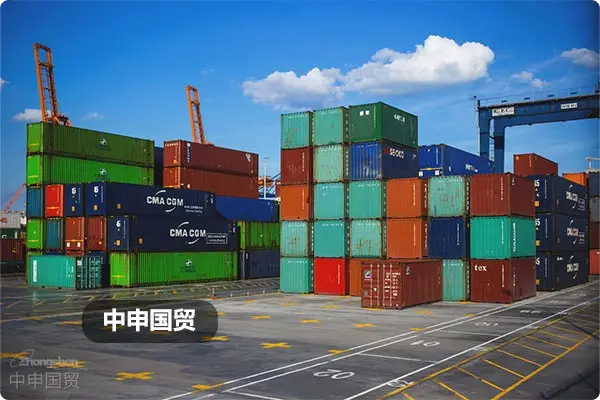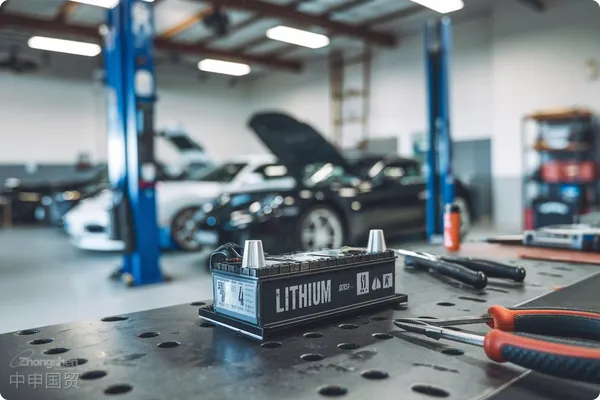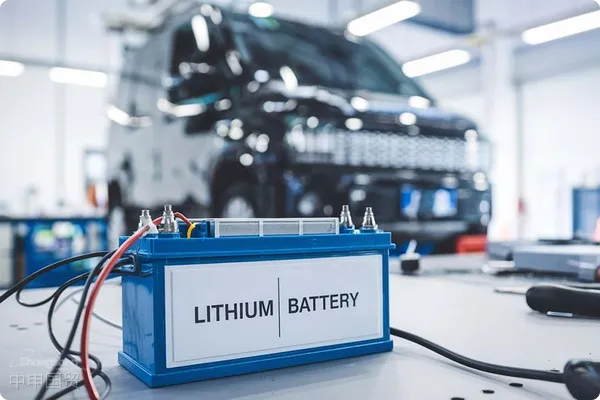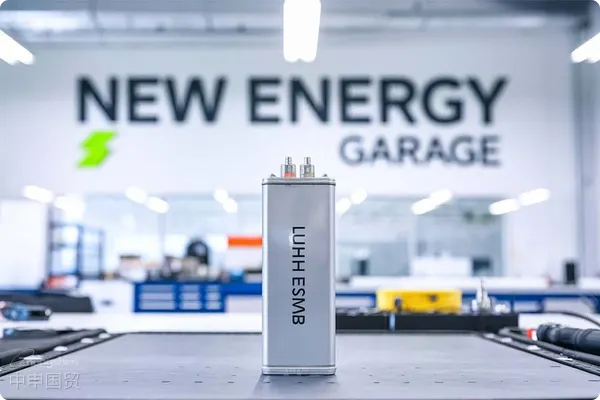- Shanghai Zhongshen International Trade Co., Ltd. - Two decades of trade agency expertise.
- Service Hotline: 139 1787 2118
Electric bicycles, once just a mode of transport in science fiction, have now ridden into our real world, not only making travel greener but also making going global more fashionable! As the worlds largest two-wheeler production base, Chinese electric bicycle companies are actively expanding into overseas markets. However, going global is not just a casual stroll, especially when facing various complex export standards and certifications. This article will provide a detailed analysis to help you stay ahead in the export of electric bicycles!

Current Status of Electric Bicycles in Domestic and International Markets
Electric bicycles have gained widespread popularity globally, especially in China. According to data from the National Bureau of Statistics, China is not only the worlds largest two-wheeler production base but also exports more than half of its two-wheelers (including electric bicycles). This trend reflects the increasing number of electric bicycle companies actively expanding into overseas markets. However, to compete globally, relying solely on product quality is not enough. Companies must also fully understand and comply with various domestic and international standards and certification requirements, including battery safety, packaging requirements, and specific standards of target markets.
UN Code Classification for Batteries and Equipment
Importance of Clear Classification: Correct UN code classification is a critical aspect of exporting electric bicycles that cannot be overlooked. Incorrect classification may lead to cargo detention or, in the worst case, safety incidents during transport. For example, lithium-ion batteries installed in equipment (UN3481) have different storage and transport requirements compared to lithium-ion batteries shipped separately (UN3480).
Collaborating with Professional Institutions: For companies new to exports or unfamiliar with battery classification, partnering with third-party testing institutions is a wise choice. For example, they can collaborate with reputable testing agencies such as SGS, TüV, or local authorities, which will conduct a series of safety tests on batteries, including but not limited to overcharge protection, short-circuit protection, and temperature tests.
Cross-Department Communication and Coordination: UN code classification involves not only the product department but also close cooperation with the logistics department. The product department may need to redesign batteries or select different types of batteries based on the storage and transport conditions provided by the logistics department.
Declaration and Packaging of Export Lithium Batteries
Detailed Pre-Declaration Preparation: Customs inspections of battery products are very strict, so all declaration materials must be accurate. At the operational level, companies need to conduct comprehensive performance and safety tests on batteries, and the test results will be used to fill out the Classification and Identification Report of Hazard Characteristics for Export Dangerous Goods.,
Professional Packaging and Labeling: Given the characteristics of lithium batteries, export packaging typically requires two layers: an inner layer of anti-static packaging and an outer layer of rigid explosion-proof packaging. Each battery must have clear labels, including battery type, voltage, capacity, and the corresponding UN number.
Communication with Customs: In addition to submitting written declaration materials, one or more face-to-face reviews are usually required. During these reviews, companies must prepare sufficient technical data and physical samples to support their declarations.
Domestic and International Standards for Electric Bicycles
Compliance and Updates of Domestic Standards: The domestic standard GB17761-2018 specifically stipulates that electric bicycles must not exceed a maximum speed of 25 km/h and motor power must not exceed 400 W. This means enterprises need to pay special attention to these numerical limits when developing new products.
Acquisition of International Standards and Certifications: The EUs EN15194 standard requires electric bicycles to have a maximum continuous output power of 250 watts, which is lower than domestic standards. Therefore, companies looking to enter the EU market may need to reduce power output or develop new low-power versions of existing products.
Product Optimization Under Multiple Standards: For companies targeting multiple markets simultaneously, it is necessary to design electric bicycles that meet the standards of all target markets. This may involve comprehensive optimization of components such as batteries, motors, and frames.
Related Recommendations
? 2025. All Rights Reserved. Shanghai ICP No. 2023007705-2  PSB Record: Shanghai No.31011502009912
PSB Record: Shanghai No.31011502009912









